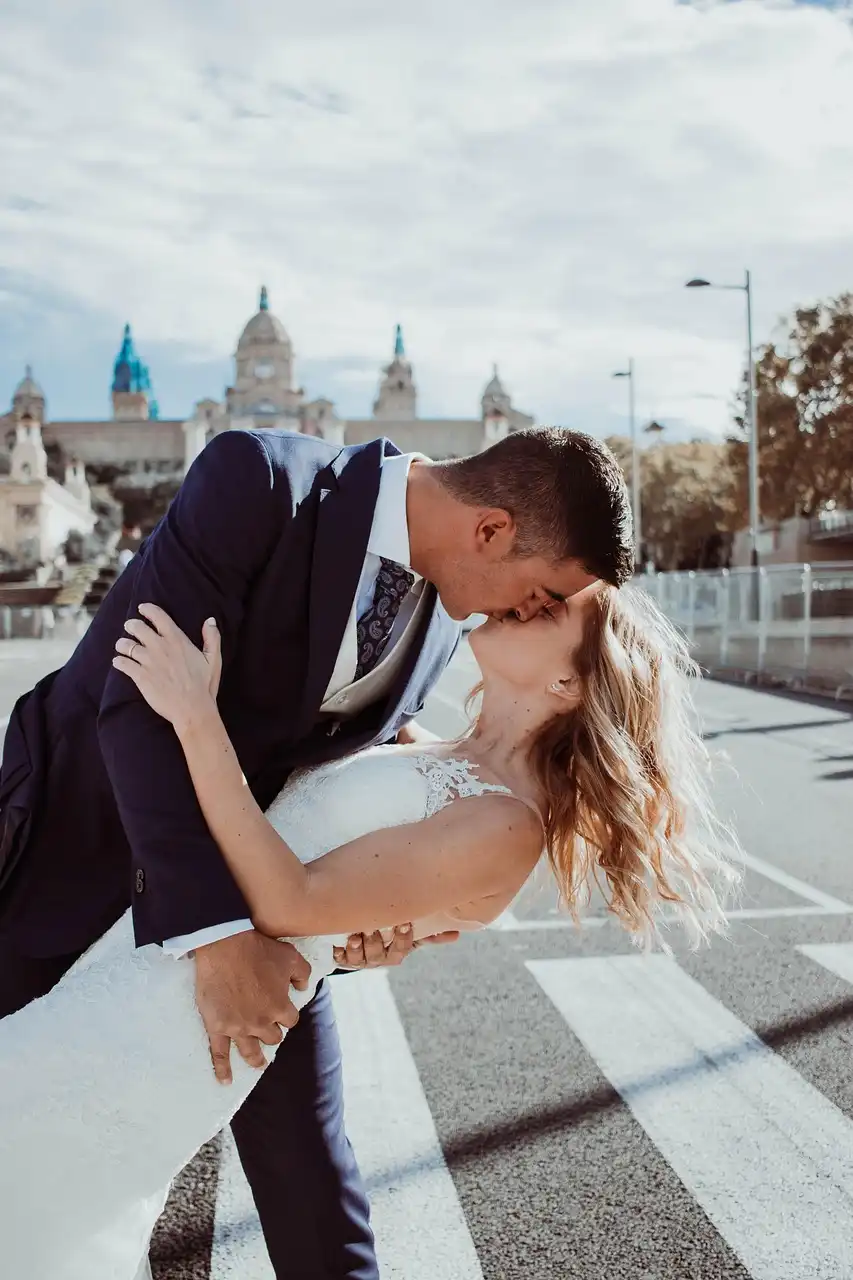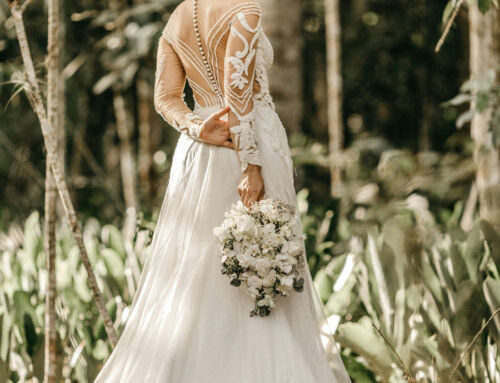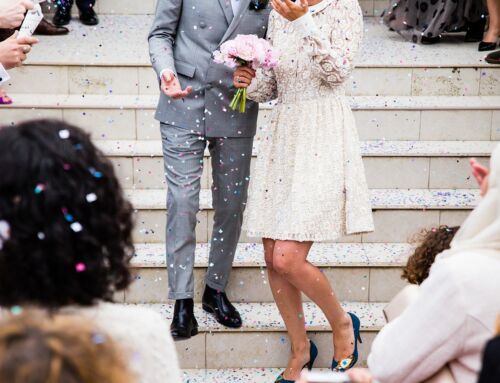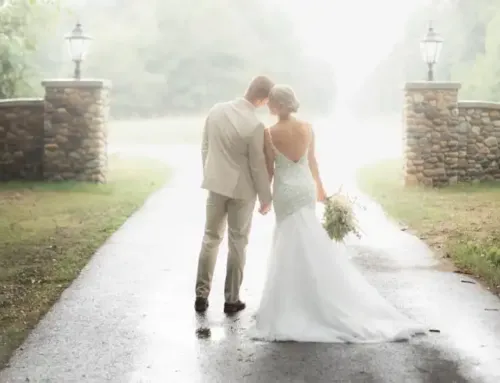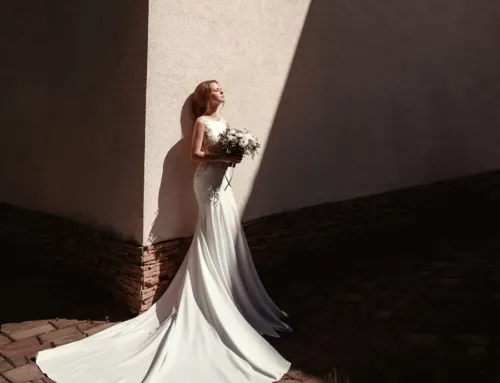Your wedding dress is more than just a garment—it’s a statement, a memory, and one of the most personal pieces you’ll ever wear. But even the most stunning gown straight off the rail may need some expert tweaks to make it truly yours. That’s where bridal alterations come in.
Whether you’re wearing a brand-new designer gown, a vintage treasure, or a sentimental family heirloom, professional alterations ensure it fits like a dream and flatters you from every angle.
Here are the most common types of bridal alterations that can be carried out to perfect your dress for the big day.
1. Hem Adjustments
One of the most frequent bridal alterations, hem adjustments ensure your dress is the perfect length for your height and chosen shoes. Whether your gown has multiple layers, lace trim, or a dramatic train, a skilled seamstress can shorten (or in some cases, lengthen) it while preserving the original look.
2. Taking In or Letting Out
Even if you ordered your dress to size, minor tweaks to the bodice or waist are often needed to get that perfect, secure fit.
Taking in at the sides helps create a smooth, tailored silhouette.
Letting out is useful if the dress feels a touch too snug, or if body measurements change in the lead-up to the wedding.
This alteration is particularly common in strapless dresses, where a flawless fit is essential for both comfort and confidence.
3. Strap and Sleeve Adjustments
Dresses with straps or sleeves often require adjusting to ensure they sit properly on your shoulders without slipping or digging in.
Strap shortening or repositioning can subtly change how the dress sits on your body.
For sleeves, adjustments may include tapering, shortening, or even converting long sleeves to cap sleeves or off-the-shoulder styles.
4. Bustle Creation
If your gown has a long train, a bustle is essential for ease of movement during your reception. A bustle is a clever series of hooks, buttons, or ties added to the back of your dress that allows you to lift and secure the train without changing the appearance of the gown.
There are different types of bustles (American, French, ballroom), and your tailor will help choose the one that best suits your dress and style.
5. Neckline Alterations
Sometimes, a small change to the neckline can make a big difference.
A sweetheart neckline can be softened or made more dramatic.
V-necks can be opened slightly for a more flattering cut.
High necklines can be lowered for a touch of elegance or comfort.
These changes require precision, but can make the dress feel truly bespoke.
6. Adding Embellishments or Custom Touches
If you want to personalise your dress, alterations aren’t just for fit—they can be about design, too. You can:
Add lace appliqué, beading, or sequins.
Attach sleeves or straps to a strapless gown.
Incorporate a family heirloom—such as a piece of lace from your mother’s veil.
These creative changes can make your dress uniquely yours.
7. Undergarment & Bra Support Adjustments
Proper support is essential, especially with strapless or low-back dresses. Your tailor can add built-in cups, change the structure of the bodice, or adjust the lining to work with your chosen undergarments, so you’re fully supported and comfortable throughout the day.
Final Thoughts
Bridal alterations are about far more than just size—they’re about shape, comfort, and personalisation. A few expertly handled tweaks can transform a beautiful dress into your perfect dress. And with an experienced bridal seamstress, you’ll feel confident, comfortable, and completely yourself on the most special day of your life.
So don’t be afraid of alterations—embrace them as part of your journey to walking down the aisle in style.



 Serving: London & Greater London
Serving: London & Greater London